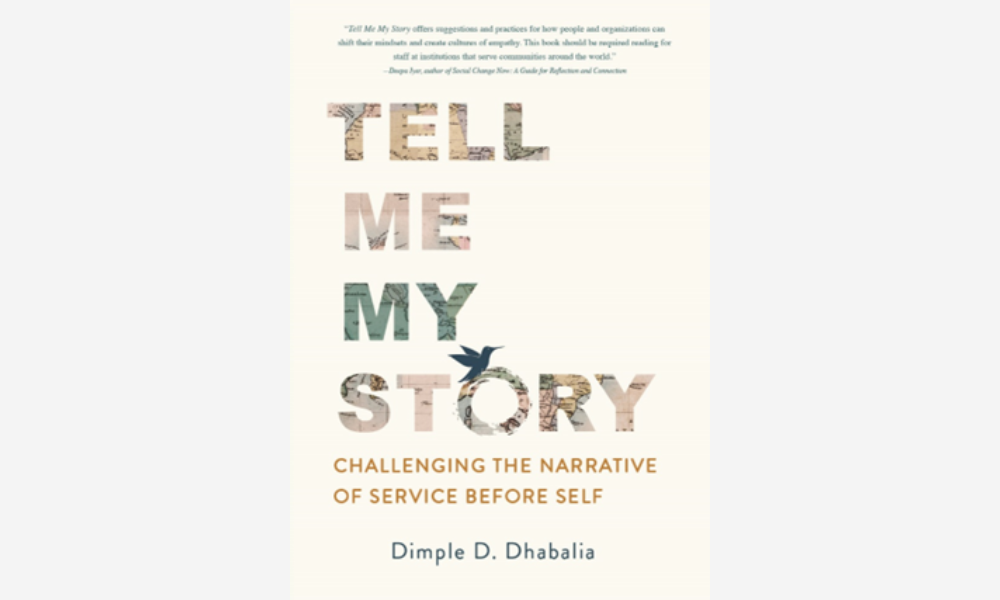Book from Dimple Dhabalia explores various forms of trauma in the workplace

In the world of occupational health and safety, where the mission is to protect and ensure the well-being of employees, a silent but significant issue often remains in the shadows: workplace trauma. Dimple Dhabalia, the founder and CEO of Roots in the Cloud, sheds light on this issue in a new book titled 'Tell Me My Story: Challenging the Narrative of Service Before Self.’
"We can't operate as if our employees are little robots meant to meet targets and efficiencies," she asserts. "We must consider the human element."
Dhabalia draws on her experience working in the Asylum Division of the U.S. Citizenship and Immigration Services to addresses a fundamental premise that resonates deeply with occupational health and safety professionals: the well-being of those who serve others should not come at the cost of their own health.

Understanding occupational trauma
Health and safety experts are under constant pressure to prevent accidents and protect employees, and Dhabalia argues there is a disconnect between traditional workplace approaches, often rooted in the policies of the Industrial Revolution, and the reality of the modern workplace.
Occupational safety and health professionals work diligently to ensure people don't get hurt, but Dhabalia reminds us that "being human is messy, serving humanity is messier." The weight of responsibility in roles that involve protecting others can take a toll on workers. The fear of making mistakes, such as missing critical details during inspections, can be overwhelming.
"Just understanding how that pressure impacts our own health and well-being is essential," notes Dhabalia.
Building a culture of well-being
To create a culture where employees thrive and flourish, Dhabalia claims organizations need to rethink their duty of care. She identifies four key commitments that organizations must make in order to establish a more holistic, human-centered duty of care:
- Normalizing and addressing occupational mental health challenges and trauma: Acknowledging and addressing the various forms of trauma employees may experience, including vicarious trauma and moral injury.
- Evolving from metrics-driven cultures to human-centered ones: Shifting the focus from rigid metrics to an emphasis on human well-being and connection.
- Supporting rest and recovery: Prioritizing the physical and mental well-being of employees by providing opportunities for rest and recovery.
- Fostering a sense of shared purpose: Encouraging employees to find purpose and meaning in their work, creating a sense of belonging and community.
A new perspective on net zero
In contrast to the traditional approach of achieving "net zero" accidents and incidents, Dhabalia questions its feasibility in a world where humans are not infallible machines. "Net zero is not realistic," she asserts. "We must support our people and help them heal when needed so they can be their best selves at work."
Addressing trauma in the workplace and healing
For organizational trauma, Dhabalia emphasizes the need to explore root issues, involve the workforce in discussions, and seek external facilitation when necessary. Organizational trauma is deeply rooted and requires a commitment to change at all levels.
Addressing individual trauma involves normalizing discussions around mental health, educating employees about different forms of trauma, and implementing interventions like story circles to create transparency and reduce stigma.
Dhabalia says healing from trauma in the workplace is a shared responsibility. Organizations must evolve their approaches, and individuals must take ownership of their well-being. As health and safety professionals, understanding, preventing, and healing from workplace trauma is not just a duty—it's a path to creating healthier, more resilient workplaces where everyone can thrive.





